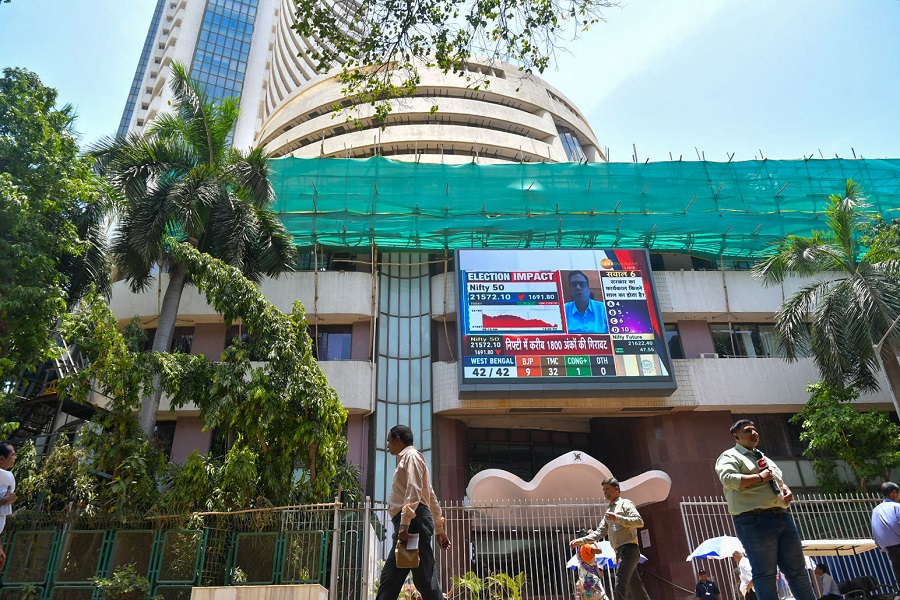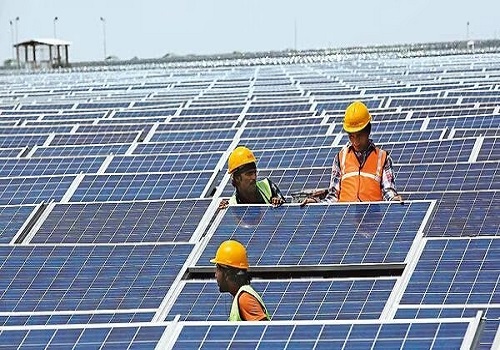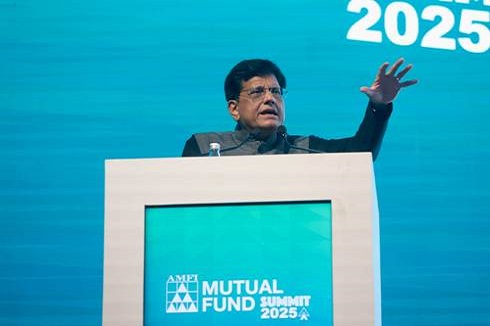Buy Bandhan Bank Ltd For Target Rs.441 - ICICI Securities

Stress levels rise, buffer provisioning required; off-setting levers available
Bandhan Bank beats our earnings expectations supported by superior NIMs at 8.5% and in-line credit cost trajectory. Back-ended lockdowns in West Bengal and Assam raised stress levels. Gross NPA of 8.2%, SMA-1/2 pool of 10.1%/2.4% and restructuring assets of ~7% speak about customer profile vulnerability.
What lends comfort: 1) customer’s intent to pay even in stress bucket reflected in 75-80% being part/full paying customers, 2) >55% of Assam portfolio qualifies for government’s relief scheme and of the balance, only 10% is in SMA/NPA pool, 3) central government guarantee cover available on >25% of EEB advances, and 4) revival in activity levels and improved customer cashflow raise hope of collection efficiency uptick.
Nevertheless, superior PPoP/asset profile will be utilised to strengthen the balance sheet through buffer provisioning. We are, therefore, building in higher credit cost of 5%/3% for FY22E/23E. As anticipated, the bank did pull back on growth after robust FY21. With cut in book value (by 5%), we revise our target price to Rs441 (earlier: Rs465) and maintain BUY. Key risks: Stress elevated even beyond our expectations and derailment of asset/liability franchise amidst challenges.
* Back-ended lockdowns in West Bengal and Assam impact collection efficiency: June collection efficiency (excluding NPA) was lower at 77% (vs 86% for Q1FY22) – Assam witnessed sharpest decline from 67% to 49% and West Bengal from 85% to 73%. In West Bengal and Assam, second covid wave restrictions were imposed starting midMay’21 and continued till mid-July’21, which impacted the collection efficiency of these states as against the rest of India where withdrawal of restrictions happened post May’21. Including arrears collection efficiency in Q1FY22 was 98%. Management highlighted July onwards activity levels will be improving with lockdowns being gradually lifted. This raises hopes of an uptick in collection efficiency as well.
* Asset quality still haunts: Elevated slippages of Rs16.8bn (8% run-rate on overall book) were offset by recoveries and upgrades of Rs10bn and GNPA rose to 8.2% (vs 6.8% in FY21). Positively, there were no write-offs, no ECLGS disbursements and hardly any topup loans during the quarter. Nevertheless, EEB (micro banking) slippages moderated to Rs10.8bn (<8% run-rate) and net of recoveries of Rs5.1bn, EEB GNPAs were managed at 9.3% vs 7.6% in FY21 (WB at 12.7%, Assam at 17%, other states 3.8%). EEB segment SMA-2 pool was flat QoQ of 2.4% (2.6% WB, 5.1% Assam, 1.3% other states).
However, SMA-1 pool spiked to 10.1% vs 2.8% in FY21 (12% WB, 19.5% Assam, 5.5% other states). Additionally, 8-30dpd bucket has risen from 3.3% to 8.5% QoQ. Over and above, during the quarter it has restructured Rs40.6bn of EEB loans (7.6% of EEB advances). West Bengal constitutes 36% of restructured pool, followed by Assam at 22%. Mortgages too had GNPA of 3.4% (vs 3.1%) and commercial banking at 11.5% (vs 9.1%). Cumulatively, Rs12.2bn of mortgages were restructured (6.3% of mortgage book). The stress pool, in totality, brings to fore customer profile vulnerability.
* NPA and restructured non-paying customers constitute 4.1% of EEB advances: Of the EEB NPA of Rs49.8bn, 26% (vs 22%) customers are non-paying, 8% (vs 14%) are full paying and 66% (64%) are part-paying. With EEB restructured pool of Rs4.07bn, only 16% is non-paying, while 4% is paying full and balance 80% is paying in parts. Vulnerable pool, thereby, would tend to be non-paying and up to 50% paying customers. NPA and restructured non-paying customers constitute 4.1% of EEB advances and 2.7% excluding Assam. For fully paying and customers paying more than 50%, there will be a possibility of flow-back or an upgrade into previous buckets.
* More than 55% of Assam portfolio qualifies for government relief/incentives: Of the Rs63.5bn EEB portfolio in Assam, Rs35.8bn qualifies for state government’s recent announcement of providing relief as well as incentive for MFI loans. The rationale for Rs27.7bn being outside the scheme: 1) Rs18bn of disbursements made after 31st Dec’20 not eligible; 2) customers with loan outstanding of Rs8.2bn where exposure from Bandhan and other financiers is more than 125k; 3) customers with exposure of 6% annualised run-rate).
This included accelerated provisioning of Rs7.5bn to improve coverage to 62% (vs 50% in FY21) and Rs4.6bn towards provisions on restructured assets. We remain skeptical of gross NPA of 8.2%, SMA-1/2 pool of 10.1%/2.4% and restructuring assets of ~7%. Against this it is carrying provisions of Rs51.6bn (6.4% of overall advances and >9% of EEB advances).
The bank is drawing comfort: 1) Customer’s intent to pay reflected in part/full paying customers in stress bucket, 2) Assam relief scheme leading to write-backs, 3) central government guarantee cover on >25% of EEB advances, and 4) revival in activity levels and improved customer cashflow. Nevertheless, the bank would conservatively keep strengthening its balance sheet through buffer provisioning. We are, therefore, building in higher credit cost of 4.6%/2.8% for FY22E/23E (against our earlier estimate of 3.2%/2.0%) thereby, leading earnings downgrade of 21%/12% for FY22/FY23E, respectively.
* NIMs surprised positively: Net interest income came in significantly higher than expectations growing 17% YoY. We were estimating a YoY decline considering interest reversals on incremental stress. NIMs stood at 8.5% (compared to 6.8% QoQ). With some further stress in FY22, there will be some pressure on NIMs and benefit of deposit cost is also reflecting appropriately. We are building in margin (calculated) of 7.3%/7.5% for FY22E/FY23E as against 7.4% in FY21.
* Bank pulls back on growth in challenging environment: As anticipated, the bank did pull back on growth (after disbursing Rs568bn in EEB growing the book by >25% in challenging FY21). 7% QoQ decline in advances thereby, moderated growth momentum to as low as 8% YoY – much below its historical trend. On net basis, run-down was Rs6.8bn (compared to accretion of Rs68bn in Q4FY21 and Rs36.4bn in Q3FY21) suggesting collections outpacing disbursements. Overall, we are building in credit growth of 16%/22% for FY22E/FY23E, respectively.
Deposit growth was flat QoQ thereby, registering 28% YoY growth (vs 37% in Q4FY21) to Rs773bn. Retail proportion improved 400bps to 83% and CASA came off 50bps further to 42.9% (on a higher base in FY21). Average SA balance for non-EEB customers has risen 25% YoY/5% QoQ to Rs57.7k. On the other hand, average SA balance for EEB customers have declined from Rs1.9k to Rs1.1k.
To Read Complete Report & Disclaimer Click Here
For More ICICI Securities Disclaimer https://www.icicisecurities.com/AboutUs.aspx?About=7
Above views are of the author and not of the website kindly read disclaimer




















